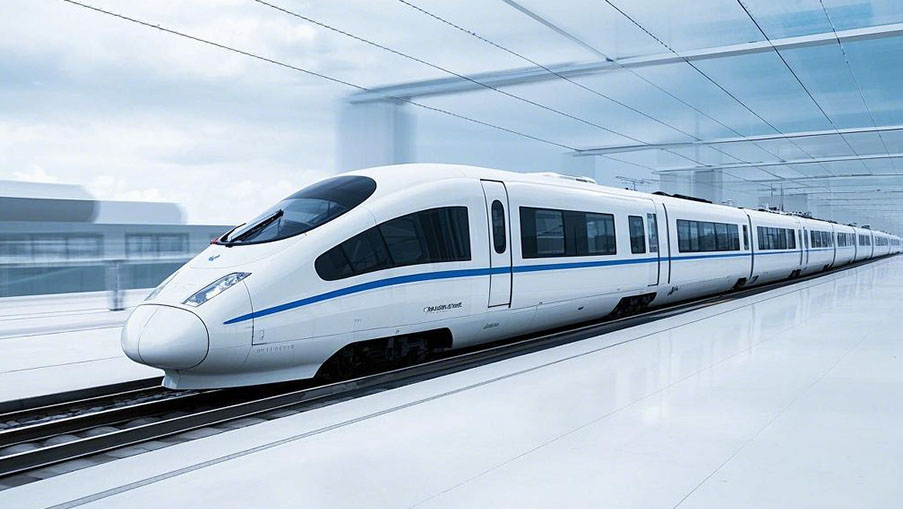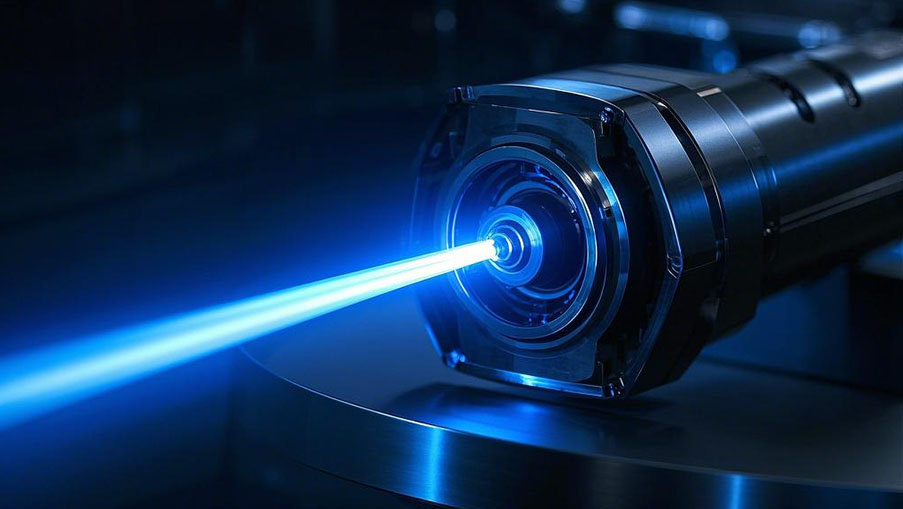站点地图
Laser cladding technology achieves high performance strengthening and repairing of metal surface by precisely controlling the synergistic action of high energy laser beam and alloy powder. Its core mechanism lies in the precise regulation of energy and the metallurgical combination process:
1. Energy focusing and material interaction High energy laser beam irradiates the surface of metal matrix with specific power density and synchronously transports alloy powder. The laser energy makes the powder melt instantaneously, forming a high-temperature melting pool, and the surface of the substrate is slightly melted, which lays a foundation for the metallurgical bonding of the coating and the substrate.
2. Dynamic control of molten pool By adjusting laser power, scanning speed and powder supply, precise control of the temperature field and flow state of molten pool. This dynamic control ensures uniform metallurgical bonding between the cladding layer and the matrix, while reducing the heat-affected zone range and avoiding excessive heat deformation of the matrix.
3. Metallurgical bonding mechanism Element diffusion and chemical reaction occur between the cladding layer and the substrate at high temperature to form a strong metallurgical bond. This bonding method significantly improves the bonding strength of the coating to the substrate, making it much stronger than traditional mechanical bonding processes such as spraying or surfacing.
4. Coating performance optimization By optimizing the process parameters, the precise control of coating thickness, composition and microstructure can be achieved. For example, it refines grains and inhibits porosity and crack formation, thereby improving the hardness, wear resistance and corrosion resistance of the coating.
The core advantage of this technology is the efficient use of energy and process flexibility, which can both repair local damage and strengthen the overall surface, providing a green, sophisticated solution for high-end manufacturing and industrial remanufacturing.
Application scenario
1. High-end equipment manufacturing
Aerospace: Repair high temperature components such as turbine blades and combustion chambers to restore their thermal fatigue resistance and oxidation resistance.
Rail transit: Strengthen the key parts of wheel tread and gear box to extend the service life of heavy duty parts.
Marine industry: Repair propeller, shafting and other corrosive wear parts in Marine environment, improve corrosion resistance.
2. Energy and power
Thermal/nuclear power: Repair the inner wall of turbine rotor and reactor pressure vessel to enhance the resistance to high-temperature oxidation and irradiation.
New energy: Optimize the surface treatment of wind power gearbox bearings and photovoltaic brackets to improve weather resistance and reliability.
3. Cars and molds
Automobile manufacturing: Repair engine cylinder block, crankshaft and other precision parts to reduce production costs.
Mold industry: Strengthen the surface of injection mold, die casting mold cavity, reduce wear and extend mold life.
4. Engineering machinery and metallurgy
Mining machinery: Repair hydraulic support, crusher hammer head, improve wear resistance.
Metallurgical equipment: Treatment of rolls, continuous casting mold surface, reduce downtime maintenance frequency.
5. Electronics and Healthcare
Semiconductors: Precision repair of key components of chip manufacturing equipment to ensure high-precision machining.
Medical devices: The surface of orthopaedic implants is treated with a biocompatible coating to promote bone integration.
6. Green environmental protection
Remanufacturing: Replace traditional electroplating and spraying processes, reduce heavy metal pollution, and help circular economy.
Utilization of waste resources: surface strengthening of discarded tools and tools to achieve material regeneration.













0 条评论
网友评论仅供其表达个人看法,并不表明本站立场。